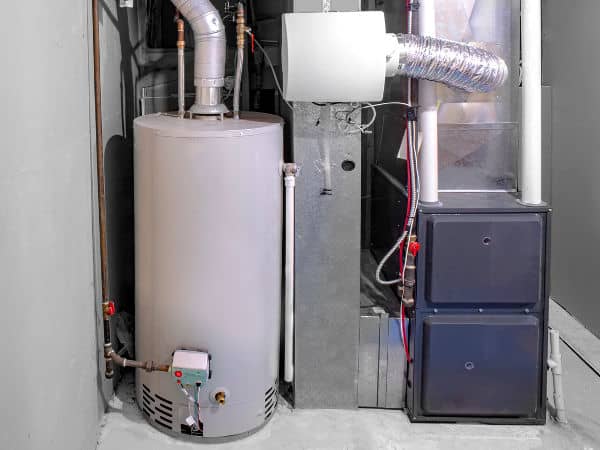
Heater Care: Essential Tips for Water Heater Maintenance
Your water heater is a vital appliance that ensures you have a steady supply of hot water for various daily tasks. Regular maintenance is key to ensuring its efficiency and prolonging its lifespan. Let’s explore essential tips for maintaining a water heater, ensuring optimal performance and peace of mind.
1. Flushing the Tank
Over time, sediment and mineral deposits can accumulate at the bottom of the water heater tank. This sediment buildup can affect the heating element’s efficiency and lead to increased energy consumption. Periodically flushing the tank helps remove these deposits, ensuring that your water heater operates at its best. Follow the manufacturer’s recommendations for flushing intervals.
Maintain a Water Heater with Designing Temptation
Explore water heater maintenance products and accessories at DesigningTemptation.com. Elevate your maintenance routine with quality solutions that keep your water heater in optimal condition.
2. Checking the Pressure Relief Valve
The pressure relief valve is a crucial safety feature of your water heater. It releases excess pressure to prevent the tank from bursting. Regularly check the pressure relief valve to ensure it’s functioning correctly. Lift and release the valve’s lever to allow some water to discharge, confirming that the valve is operational. If the valve shows signs of leakage or doesn’t release water when tested, consider replacing it.
3. Inspecting for Leaks
Perform regular visual inspections for any signs of leaks around the water heater. Leaks can indicate a faulty valve, loose connections, or a deteriorating tank. Addressing leaks promptly prevents water damage to the surrounding area and ensures the water heater continues to function efficiently.
4. Testing the TPR Valve
The Temperature and Pressure Relief (TPR) valve is another critical safety component. Test the TPR valve annually by lifting the lever and allowing it to snap back. This action should result in a release of hot water into the discharge pipe. If the valve doesn’t operate correctly or if there’s no water discharge, consult a professional plumber for further inspection and potential replacement.
5. Checking the Anode Rod
The anode rod is a sacrificial element inside the water heater tank that helps prevent corrosion. Over time, the rod can corrode completely, leaving the tank vulnerable to rust and other damage. Regularly check the condition of the anode rod and replace it if more than 6 inches of the core wire is exposed or if significant corrosion is present.
6. Insulating the Tank
Insulating your water heater tank is a simple yet effective way to improve its energy efficiency. A water heater blanket or insulation jacket helps reduce heat loss, ensuring that the water stays hot with less energy consumption. Make sure to follow the manufacturer’s guidelines and recommendations for insulation.
7. Draining the Sediment Regularly
Apart from flushing the tank, draining the sediment through the drain valve can further enhance your water heater’s efficiency. Connect a hose to the drain valve, place the other end in a suitable drainage location, and open the valve. Allow water to flow through for a few minutes until it runs clear. Doing this a couple of times a year helps prevent sediment buildup.
8. Testing the Thermostat
The thermostat controls the temperature of the water in the tank. Check the thermostat settings and test its accuracy by adjusting the temperature and observing the water temperature at a tap. If you notice inconsistencies or if the water is too hot or too cold, it may indicate a thermostat issue that requires adjustment or replacement.
9. Inspecting the Pilot Light (for Gas Heaters)
If you have a gas water heater, regularly inspect the pilot light. Ensure that it burns a steady blue flame. If the flame is yellow or flickering, it may be a sign of incomplete combustion, which can lead to inefficiency and the production of harmful gases. Consult a professional if you observe any issues with the pilot light.
10. Professional Maintenance
While many maintenance tasks can be performed by homeowners, it’s advisable to schedule professional maintenance at least once a year. A qualified plumber can conduct a thorough inspection, address any potential issues, and ensure that your water heater is operating safely and efficiently.
Conclusion: A Well-Maintained Water Heater for Reliability
In conclusion, maintaining your water heater is a straightforward yet crucial aspect of home ownership. By following these essential tips and incorporating regular checks into your routine, you can ensure that your water heater operates efficiently, provides a reliable supply of hot water, and remains a cost-effective appliance in your home. Elevate your water heater care with quality products and accessories designed for optimal performance.



